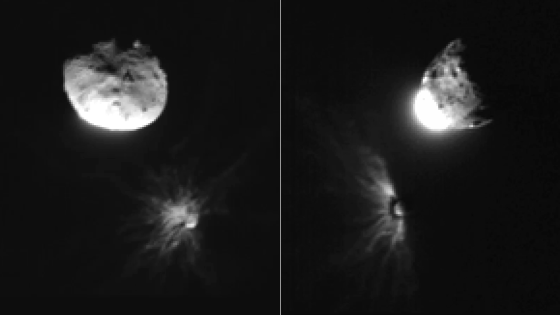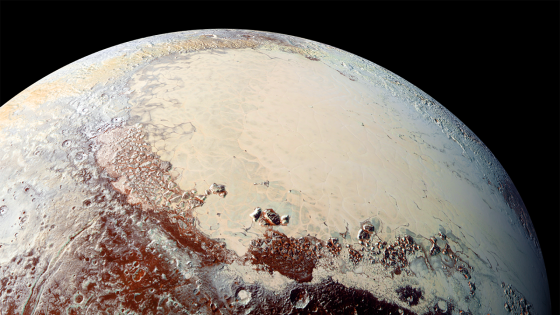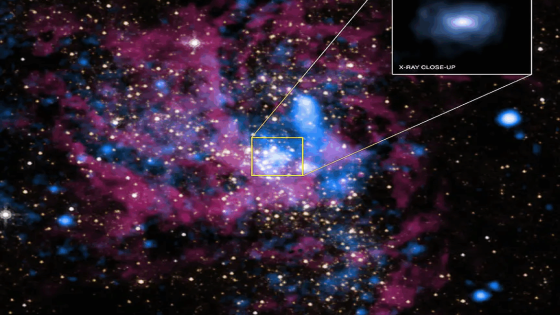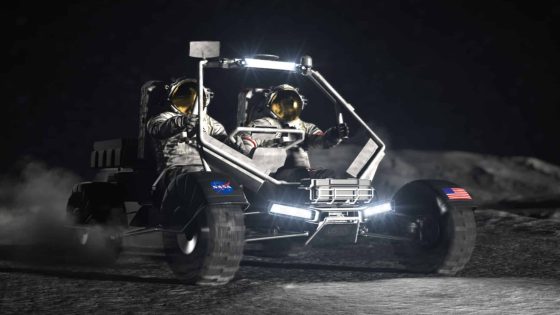NASA’s recent DART mission showcased a groundbreaking approach to planetary defense by demonstrating asteroid deflection. On August 21, 2023, scientists reported that the mission successfully altered the trajectory of the asteroid Dimorphos, providing vital insights into how we can protect Earth from potential threats.
- DART spacecraft collided with asteroid Dimorphos.
- LICIACube captured critical images of debris.
- Collision ejected 35.3 million pounds of material.
- Dimorphos' orbit shortened by 33 minutes.
- Debris plume significantly altered asteroid's trajectory.
- Future asteroid missions must consider debris effects.
The DART spacecraft, which collided with Dimorphos, released an astonishing 35.3 million pounds of debris upon impact. This significant finding, derived from images captured by the Italian satellite LICIACube, highlights the effectiveness of using small spacecraft for asteroid deflection. What does this mean for future missions aimed at safeguarding our planet?
The DART mission raises important questions about the nature of asteroid impacts. How do different asteroid compositions affect their response to collisions? Understanding this can guide future missions to ensure effective deflection strategies.
- The debris plume from Dimorphos was 30,000 times heavier than DART.
- LICIACube captured detailed images of the impact, revealing the asteroid’s structure.
- Future missions must consider the effects of debris when planning asteroid deflection.
As we advance our understanding of asteroid dynamics, future missions will be crucial in developing more effective planetary defense strategies. Will we be ready for the next potential threat?

































